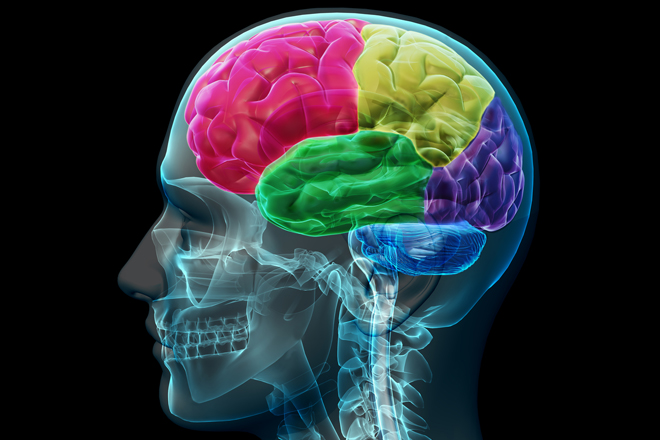Many young people suffering from an acquired brain injury (ABI) are languishing in aged care homes, where the appropriateness of care is questionable.
ABI affects one in 12 Australians.
However, there is no national approach to rehabilitation, causing major problems among ABI sufferers, particularly because state health systems tend to prioritise acute care.
Young people with severe and lasting disabilities are hence often discharged into nursing homes – an unacceptable substitute for rehabilitation settings.
In the 1980s, patients with a brain injury spent roughly 80 to 90 days in rehabilitation. Nowadays, the average time a person spends in a hospital rehabilitation bed is less than 3o days.
Chief executive officer at Headwest, Tracey Foulds, said access to appropriate rehabilitation programs and transitional accommodation options for people with a brain injury is paramount.
We need to support individuals to successfully return to living in the community following their brain injury, she said.
Disadvantages of placing young people in aged care homes
1. Social environment
According to Associate Professor of Occupational Therapy at LaTrobe University, Natasha Lannin, young people forced to reside in nursing homes are more susceptible to social isolation.
This is largely because they spend most of their life sharing a room with someone perhaps in the last few years of their life
“Can you imagine immediately being transferred from the very active social life you have to an environment where you are most likely the only person aged under 80?” Lannin said.
Many young people living in nursing homes don’t venture outside the premises. Many also find, due to the overwhelming and confronting nature of nursing homes, their friends don’t come to visit, hence past social ties begin to fray.
Lannin said the young people don’t even have a real chance of making new friends.
“Everybody who they do become friends with is likely to die in the next three to five years,” she said.
“We’re talking about [young people] being stuck without any option for the next 60 years … it’s a horrifying thought.”
2. Building design
Some young people living in aged care facilities may be forced to share a room with a dementia patient or someone literally on their death bed. According to the website, Synapse, living in this restricted and confined environment can create feelings of “depression, loneliness, frustration and boredom”.
“We’re talking about [young people] being stuck without any option for for the next 60 years,” Lannin said. “It’s a horrifying thought.”
3. Lack of rehabilitation for younger residents
Staff working in aged-care facilities aren’t generally trained to help patients become more independent, Lannin said. Many young people don’t have access to physiotherapists or occupational therapists.
“Fundamentally they [nursing homes] are so inappropriate because they don’t offer rehabilitation, they don’t offer hope for transitioning out,” she said. “They’re not places that are designed for young people/”
Alternative Methods of Care
Lannin is currently involved in a new rehabilitation program at the Alfred Health Caulfield ABI unit.
Here, clinicians and researchers have been given funding from the Department of Health in Victoria and from the Transport Accident Commission to work closely with ABI sufferers who, due to the severity of their injuries, would not have been eligible for traditional methods of rehabilitation in the past.
At Caulfield, the rehabilitation beds are funded for up to two years.
One woman in her late 20s has been at the Alfred Hospital for just more than one year, after having a stroke. She has a 2-year-old son and a husband. Under other rehabilitation models this woman would probably have been placed in a nursing home months ago.
The long-term aim is for her to eventually leave hospital and live in the community with her son and her husband.
“By removing this artificial limit rehabilitation and by encouraging staff to continue to work with patients for a long period of time, very slowly, what we’re seeing is really important gains over a long period of time,” Lannin said.
Both Lannin and Foulds are educating people about the prevalence of brain injury in Australia during Brain Injury Awareness Week this week.
“There needs to be a commitment from government to provide the funding for these services to ensure people with a brain injury are able to meet their full potential and live their life to the full,” Foulds said.
Image credit : @Flickr by Allan Ajifo


[…] This article appeared in RMIT’s City Journal. To view the article in full click here. […]